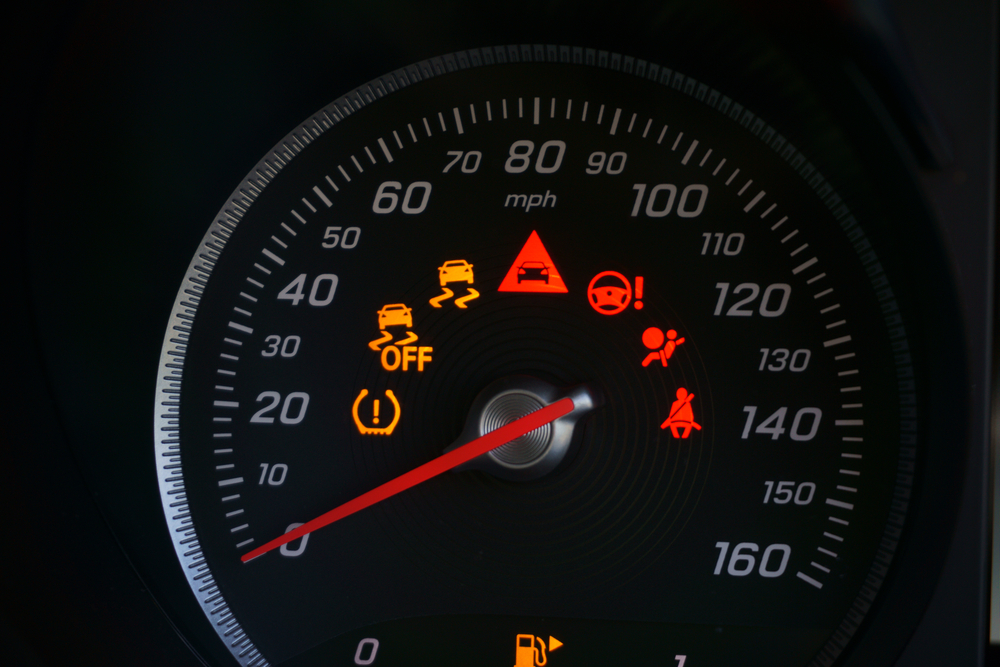Understanding Your Car’s Warning Lights and What They Mean

Do you know what your car’s warning lights are telling you? Recognizing and responding to these signals can save you time, money, and stress. Let’s dive in and decode these crucial indicators to keep your vehicle running smoothly.
Key Takeaways
- Car warning lights are essential indicators of your vehicle’s health.
- Ignoring these lights can lead to serious and costly problems.
- Learning what each light means can help you take prompt action and avoid breakdowns.
- Regular maintenance and attention to warning lights ensure your car’s longevity.
- Taking immediate action based on warning lights can prevent accidents and improve safety.
Why Warning Lights Matter
Warning lights on your car’s dashboard are there for a reason – to keep you informed about the status of various systems in your vehicle. When one of these lights comes on, it’s your car’s way of telling you something needs attention. Ignoring these lights can lead to bigger, more expensive problems down the road.
Consider the check engine light, for example. This light can indicate a range of issues, from a loose gas cap to a serious engine problem. By understanding what each light means, you can take appropriate action quickly and potentially avoid a costly repair.
Common Warning Lights and Their Meanings
- Check Engine Light: This light is one of the most critical indicators. It can signal anything from a minor issue like a loose gas cap to a major engine malfunction. When this light comes on, it’s important to get your vehicle checked as soon as possible.
- Oil Pressure Warning: This light means your oil pressure is low, which can cause severe engine damage if not addressed immediately. If you see this light, stop driving and check your oil level. Adding oil may solve the problem, but if the light stays on, seek professional help.
- Brake System Warning: This light can indicate a problem with your braking system, such as low brake fluid or worn brake pads. Given the importance of your brakes, any issue should be addressed immediately to ensure your safety.
- Battery Alert: This light indicates a problem with your vehicle’s charging system. It could be an issue with your battery, alternator, or another electrical component. If this light comes on, have your vehicle’s electrical system checked right away.
- Tire Pressure Monitoring System (TPMS): This light indicates that one or more of your tires are significantly under-inflated. Proper tire pressure is crucial for safe driving and can help prevent tire blowouts.
What To Do When a Warning Light Comes On
When a warning light comes on, don’t panic. Here are some steps to follow:
- Check the Manual: Your vehicle’s owner’s manual is your best resource for understanding what each warning light means.
- Assess the Situation: Determine if it’s safe to continue driving. For lights like the oil pressure or brake system warnings, it’s best to stop and address the issue immediately.
- Seek Professional Help: For serious issues, have your vehicle inspected by a professional as soon as possible. They can diagnose and fix the problem before it becomes more severe.
Preventive Maintenance is Key
Regular maintenance can help you avoid seeing those dreaded warning lights altogether. Here are a few tips:
- Routine Inspections: Have your vehicle inspected regularly by a professional. They can spot potential issues before they become serious.
- Fluid Checks: Regularly check and top off all fluids, including oil, brake fluid, and coolant.
- Tire Care: Keep your tires properly inflated and rotate them regularly to ensure even wear.
- Battery Maintenance: Check your battery and charging system periodically, especially before long trips.
The Importance of Prompt Action
Taking prompt action when a warning light appears can save you money and keep you safe. Delaying repairs can lead to more significant problems, higher repair costs, and even accidents. By being proactive, you can ensure your vehicle stays in good condition and avoid unexpected breakdowns.
FAQ
What does the check engine light mean? The check engine light can indicate a range of issues from a loose gas cap to serious engine problems. It’s essential to get your vehicle checked when this light comes on.
Is it safe to drive with the oil pressure warning light on? No, driving with the oil pressure warning light on can cause severe engine damage. Stop driving and check your oil level immediately. Seek professional help if the light stays on.
What should I do if the brake system warning light comes on? If the brake system warning light comes on, it could indicate low brake fluid or worn brake pads. Address this issue immediately to ensure your safety.
Can I ignore the tire pressure monitoring system (TPMS) light? No, the TPMS light indicates that your tires are under-inflated, which can be dangerous. Check your tire pressure and inflate them to the recommended level.
How often should I perform routine maintenance on my vehicle? Routine maintenance should be performed according to your vehicle’s owner’s manual. Regular inspections, fluid checks, tire care, and battery maintenance are essential for keeping your car in good condition.
Conclusion
Understanding your car’s warning lights and what they mean is crucial for maintaining your vehicle’s health and your safety. By paying attention to these signals and taking prompt action, you can prevent costly repairs and ensure your car runs smoothly. Stay proactive with regular maintenance and respond quickly to warning lights to keep your vehicle in top shape. Drive safely and confidently knowing you’re in control of your car’s well-being.







